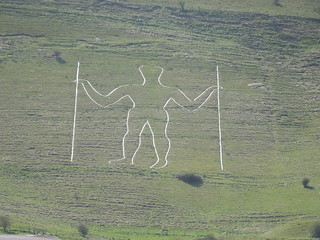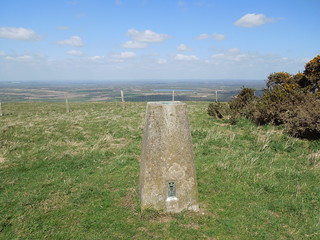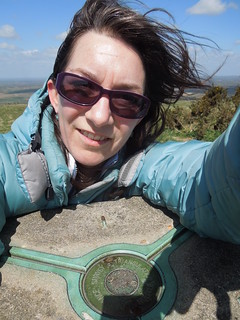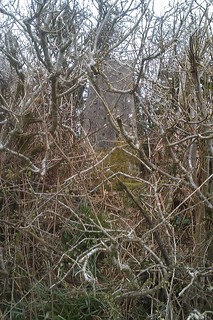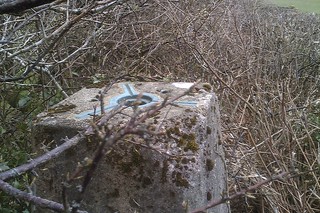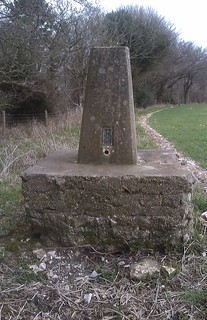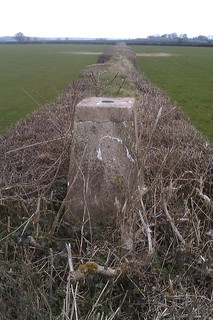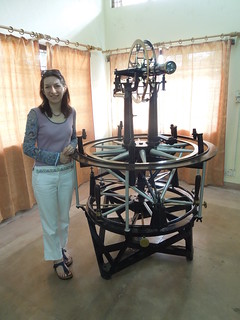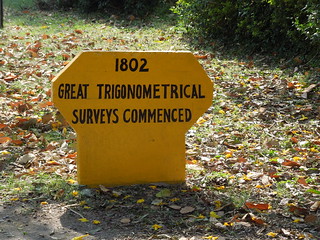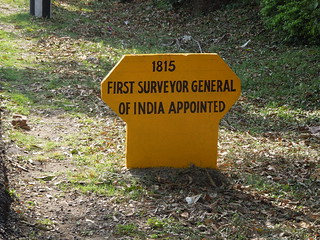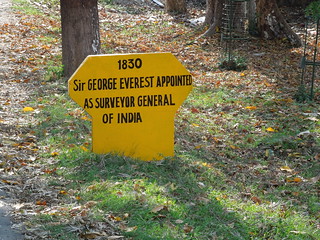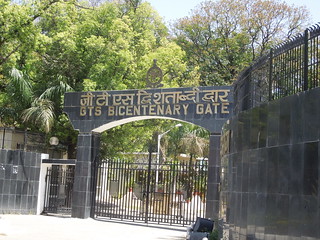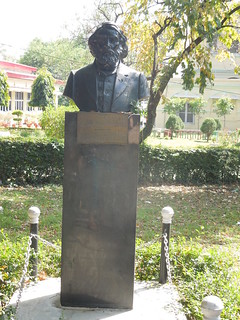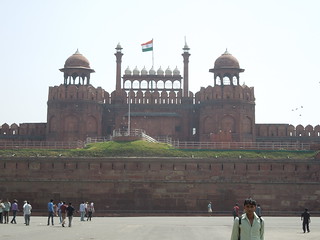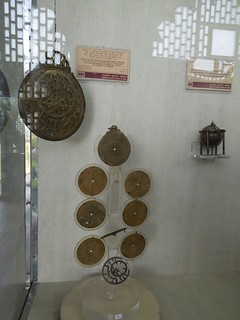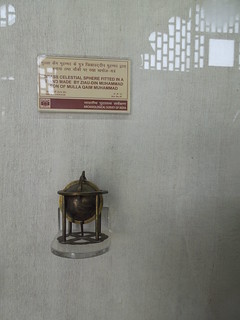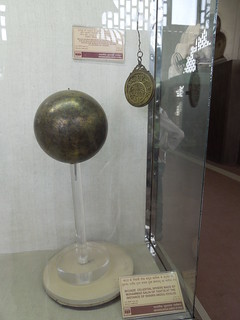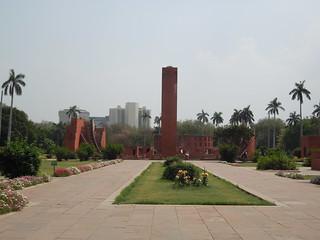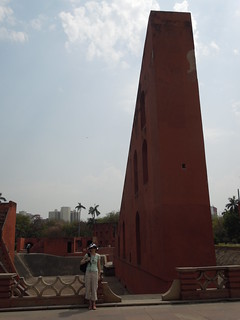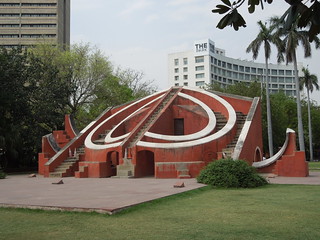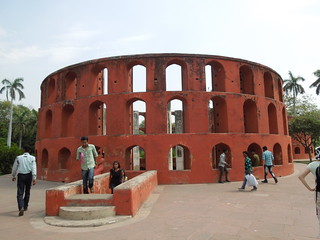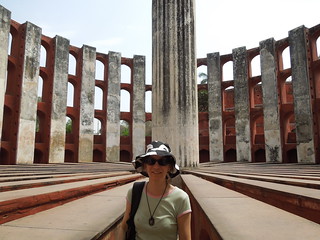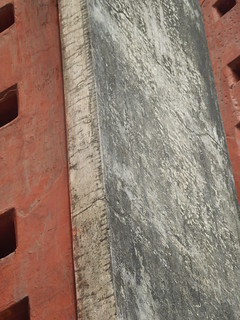Today I was on the trail of mad Jack Fuller and his many follies. In the late 16th century, after what appears to have been many years of philanthropic donations, Jack decided to spend some money on himself.
I first found his 'Sugar Loaf'.
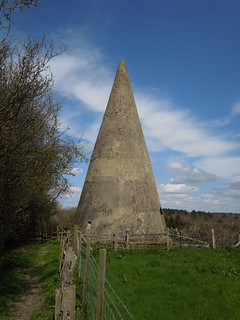
Which handily enough had a trig pillar nearby - no idea why it is called Jury's Gut.
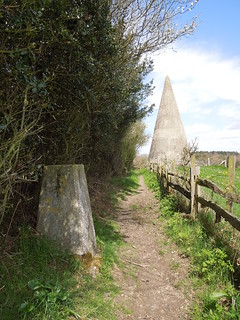
I then drove towards the Obelisk. I am obviously well trained to find (or not) trig pillars and therefore approach each new find wondering if I am going to spot it or not. As if I'd miss this!
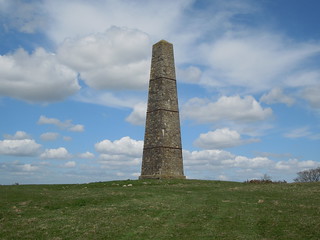
What you can't see from the photo is that it has a wee moat around it. Cute!
I then drove into Brightling and stopped by the church
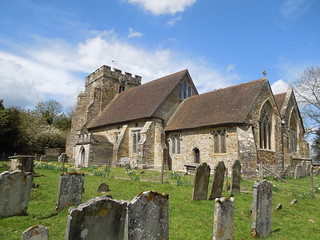
having noticed something somewhat egotistical in its graveyard.

Jack's tomb in case you hadn't guessed.
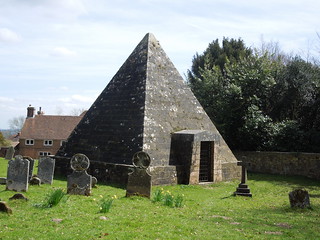
And then I saw the tower and drove towards that.
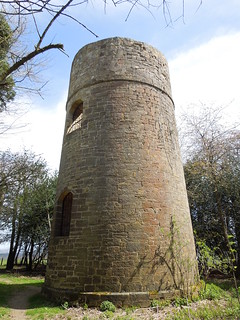
What fun - the gate on the tower was unlocked and I could climb up inside. Health and Safety eat your heart out.

I spotted the temple from the tower but decided not to walk over to physically touch it. Sometimes a distant shot is enough.

Which is just as well as the next trig I tried to bag didn't quite come good. I was stopped on the edge of the field by the owner (?) asking what I was doing. I told him I was simply after the trig but he explained there was no public right of way (confession - I had passed a sign saying so) and that he was trying not to encourage people to visit it. Looking at the trig pointing website for this trig it appears I'm the first to have encountered any difficulty.
Anyway, we had a little chat and he let me take a photo from a distance.
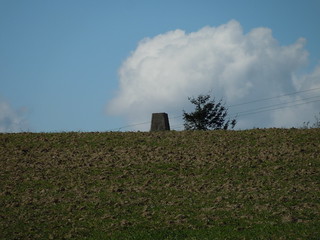
We then carried on our conversation as I left. He thought there were more exciting things I could be doing with my spare time (oh how little he knows) but it turns out his daughter is an MRICS rural surveyor. We had a pleasant chat about Jack Fuller and I wouldn't say we were bosom buddies by the time we parted, but he certainly isn't going to sue me.
So that's Jack and what a mad and fascinating guy he must have been.
I first found his 'Sugar Loaf'.

Which handily enough had a trig pillar nearby - no idea why it is called Jury's Gut.

I then drove towards the Obelisk. I am obviously well trained to find (or not) trig pillars and therefore approach each new find wondering if I am going to spot it or not. As if I'd miss this!

What you can't see from the photo is that it has a wee moat around it. Cute!
I then drove into Brightling and stopped by the church

having noticed something somewhat egotistical in its graveyard.

Jack's tomb in case you hadn't guessed.

And then I saw the tower and drove towards that.

What fun - the gate on the tower was unlocked and I could climb up inside. Health and Safety eat your heart out.

I spotted the temple from the tower but decided not to walk over to physically touch it. Sometimes a distant shot is enough.

Which is just as well as the next trig I tried to bag didn't quite come good. I was stopped on the edge of the field by the owner (?) asking what I was doing. I told him I was simply after the trig but he explained there was no public right of way (confession - I had passed a sign saying so) and that he was trying not to encourage people to visit it. Looking at the trig pointing website for this trig it appears I'm the first to have encountered any difficulty.
Anyway, we had a little chat and he let me take a photo from a distance.

We then carried on our conversation as I left. He thought there were more exciting things I could be doing with my spare time (oh how little he knows) but it turns out his daughter is an MRICS rural surveyor. We had a pleasant chat about Jack Fuller and I wouldn't say we were bosom buddies by the time we parted, but he certainly isn't going to sue me.
So that's Jack and what a mad and fascinating guy he must have been.






